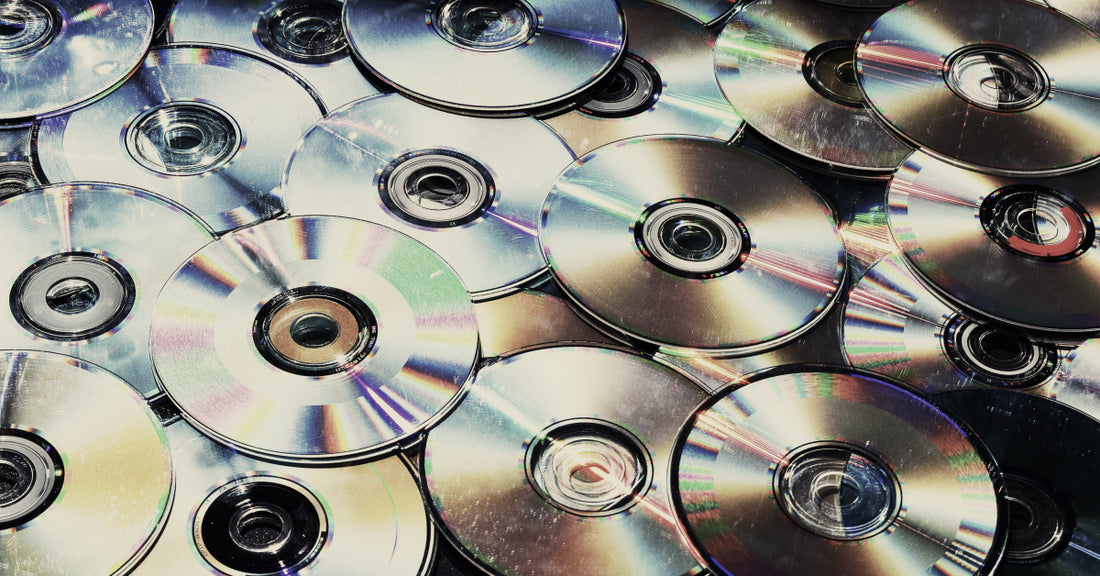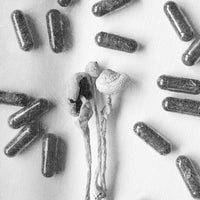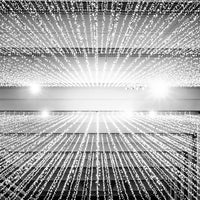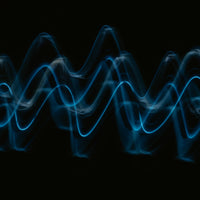Reality Center, a sensory wellness facility in Santa Monica, is in the business of spiritual journeys. The center’s visitors run the gamut from elite athletes to veterans with post-traumatic stress disorder who are willing to try anything to tap into a higher consciousness. During their journey, many say they become imbued with a sense of mysticism, connectivity, peace, creativity, even euphoria. If Reality Center sounds like a place where people go to trip, that’s only half the story. Reality Center is a place where people go to trip on their senses—no substances required.
Born out of biohacking culture, companies like Reality Center are aiming to get people high not with medicines but with the aid of technology. Known as “digital psychedelics” or “technodelics,” proponents say technology can facilitate an experience similar to that of psychedelics in a controlled environment. All it takes is careful manipulation of the senses. Some researchers caution, though, that the effects are not extensively studied, and they say more research is needed to understand the true effects of digital psychedelics.
Upon arriving at Reality Center, one takes a seat in front of a computer. A program called the vocal analyzer tool runs on the screen. When someone speaks into the tool, the program assigns colors based on vocal frequencies. Reality Center facilitators instruct clients to state an intention or mantra for the session—“I am powerful,” for example—and the vocal analyzer will measure colors based on each person’s unique vocal pitch and frequency.
“We take these same frequencies and we plug [them] in [to our software] to make your light, sound and vibration fully customizable from your intentions,” says Jonathan Chia, one of Reality Center’s co-founders.
After, visitors take their place atop a long massage table-like bed equipped with a vibrating pad. They’re then loaded with tech: Over-ear headphones, transducers on their heart and feet, and LED lights over their faces. In the dark room, a facilitator sets the session in motion by triggering the customized sound, vibrations and flashes of light. For anywhere from 30 to 90 minutes, clients listen to a sound bath—nine minutes of intense whirring similar to the churn of helicopter blades, followed by calming nature sounds and music, then binaural beats—while bursts of red and blue light beam overhead and pulses of vibration flow through the body.
The goal is to lull people into a meditative state quicker than non-tech facilitated practices, says Reality Center co-founder Tarun Raj. People say they walk away relaxed, less anxious and inspired. Some people have been moved to tears, have reported getting better sleep and have even claimed to see visions of deceased loved ones, Chia says.
“This is the difference between us and taking drugs,” Chia says. “When you take drugs, it’s taking something from you; it’s robbing you of serotonin, dopamine. Our technology, it trains your brain. It's allowing you to access brainwave states most people can never access, where their body and their mind repair faster.”
Paired with therapy, research suggests psychedelics such as psilocybin and MDMA are effective at treating depression and post-traumatic stress disorder. Research studying psilocybin’s impact on depression showed the drug “reduced connections within brain areas that are tightly connected in depression.”
By contrast, proponents of digital psychedelics say external sensory stimuli—like sound, light and vibration—help lull participants into a meditative state, effectively relaxing and resetting their nervous systems. This can be an appealing option for people who are looking for alternative healing but don’t have access to or are hesitant to use psychedelics.
A Healing Voice
SoundSelf, a visual and auditory experience, focuses on the user’s voice as the entrypoint to a digital psychedelic experience. Currently only available to therapists, SoundSelf consists of a VR headset and headphones: Patients hum, chant, sing or make any other vocal intonation, and visuals are displayed on the headset based on the sound of the voice.
“It feels very much like a psychedelic journey for a lot of people,” says Lyle Maxson, co-founder of Entheo Digital, the company that manufactures SoundSelf, “because you're going into this altered state that a lot of people are not accustomed to unless they practice things like holotropic breathwork regularly or are very devoted practitioners of meditation.” Maxson says SoundSelf can be used as preparation for a psychedelic experience to help patients relax, or the device can work as a therapy on its own.
Psilocybin has been shown to reduce brain activity in areas home to the default mode network, a collection of interconnected regions of the brain that are active when the mind is at rest and thoughts can wander. In a small EEG study conducted by Entheo Digital recording the brain activity of participants, users of SoundSelf experienced the same reductions in brain activity in the default mode network.
Sound Takes Center Stage
But the key to replicating a psychedelic experience with technology may lie in particular auditory inputs, specifically binaural beats. When each ear hears a slightly different tone, the brain processes the sound as a single frequency. Research on binaural beats has found them to be beneficial in improving sleep quality, but not particularly effective at treating depression. A 2019 meta analysis concluded that binaural beats were most successful at affecting cognition and anxiety when played for at least 10 minutes. All told, research examining binaural beats effects as a therapeutic are far from conclusive.
Some people are using binaural beats as a “digital drug.” In a recent paper, researchers examined the results of the Global Drug Survey 2021 and found just over 5 percent of respondents reported using binaural beats to relax, fall asleep, change mood and get a similar effect to that of other drugs.
“Our research is not really saying that binaural beats had this effect,” says Alexia Maddox, a research fellow at the Royal Melbourne Institute of Technology in Australia and co-author of the binaural beats paper. “We're saying that people are using them to gain these effects, and people do report using them to get high, to relax, for pain management, migraines and for a range of activities.”
However, finding true binaural beats on YouTube or Spotify is not likely, Maddox says. While plenty of content creators title their mixes as such, binaural beats are only effective under lab conditions, Maddox continues. Although people are claiming to get high from binaural beats in the comfort of their own homes, more research is needed to understand what exactly these people are experiencing.
As for other sensory inputs that might replicate a psychedelic experience, research shows “om” chanting promotes relaxation and calmness, a heartbeat-like vibration can lower anxiety, and flickering lights are capable of inducing altered states of consciousness similar to those of psychedelics. However, Maddox believes the pairing of a multitude of sensory stimuli is more random than scientific, and more research is necessary to determine whether digital psychedelics are effective.
“What you're doing,” Maddox says, “is putting in a whole bunch of stimuli and telling the person that this is what they'll get, and then you've got that psychosomatic response.”
Allie Volpe is a journalist based in Philadelphia. You can follow her on Twitter.
Read more: Is This Trip Really Necessary?
Read more: Music for Psychedelic Therapy: The East Forest Profile
Read more: Talking to Grown-Ups About Psychedelics



